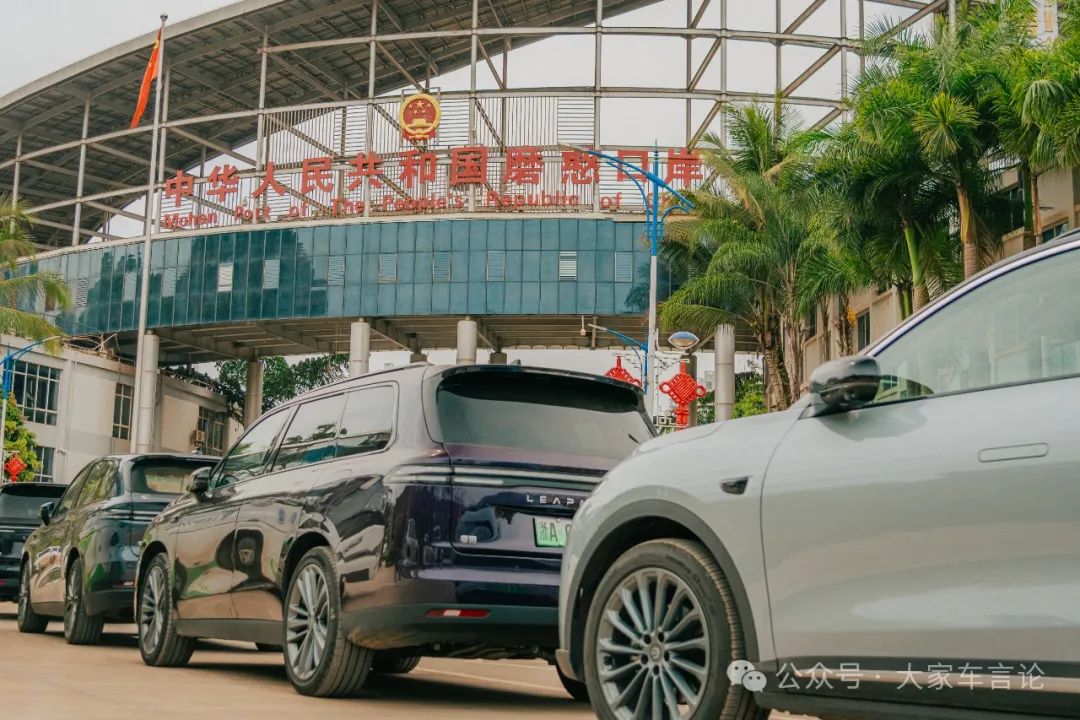In this episode of Adventures Abroad, I traveled to Bangkok, Thailand, with my friend Zhao, coinciding with the vibrant Songkran Festival (Thai New Year). What made this trip unique? We had the chance to test-drive a Leapmotor C10—a Chinese electric SUV sold in Thailand—amid the festive chaos. Driving a Chinese-branded EV with Chinese license plates through Bangkok’s streets was not just an adventure but also a source of pride, showcasing how China’s automotive innovation is making waves globally.

1. Songkran Festival: Thailand’s New Year Celebration
1.1 What is Songkran?
Songkran, celebrated from April 13–15, marks Thailand’s traditional New Year. Known for its water fights and street parties, it’s a time when locals and tourists alike drench each other in water to symbolize washing away bad luck. The festival blends Buddhist rituals with lively cultural expressions, making it one of Southeast Asia’s most iconic events.
1.2 Our Experience
We arrived in Bangkok just as the festivities began. Streets transformed into water battlegrounds, with crowds armed with water guns, buckets, and hoses. Zhao, initially hesitant, quickly embraced the chaos—even teaming up with locals for impromptu water fights. The energy was infectious, though navigating soaked roads in a brand-new EV added an unexpected twist to the journey.

2. Testing the Leapmotor C10: A Chinese EV in Bangkok
2.1 First Impressions
The Leapmotor C10—a mid-size electric SUV—stood out with its sleek design and advanced tech. Priced at $16,000–$20,000 in Thailand (after localization adjustments), it competes directly with Japanese and European brands. Key features include:
- 2825mm wheelbase for spacious interiors.
- 14.6-inch touchscreen powered by a Snapdragon 8295 chip.
- L2+ autonomous driving with 25 assistive features.
2.2 Driving Through Bangkok
Navigating Bangkok’s traffic—a mix of tuk-tuks, motorcycles, and festival-goers—was a test of the C10’s agility. The SUV’s rear-wheel drive and 320 Nm torque provided smooth acceleration, while its adaptive suspension handled potholes with ease. The quiet electric motor contrasted sharply with the city’s noisy chaos, offering a serene cabin experience.
2.3 Smart Features Shine
The C10’s voice-controlled infotainment system responded flawlessly to both English and Thai commands—a rarity in budget EVs. The 360-degree camera and automatic parking were lifesavers in tight alleys. Locals often paused to admire the car’s futuristic design, especially its LED light bar and hidden door handles.
3. Why the Leapmotor C10 Stands Out in Thailand
3.1 Price-to-Performance Ratio
While Japanese hybrids dominate Thailand’s market, the C10 undercuts rivals like the Toyota Corolla Cross ($25,000+) with similar specs at a lower price. Its 210km pure electric range (extended to 1,190km with the range extender) addresses “range anxiety,” a common concern in Thailand’s evolving EV infrastructure.
3.2 Localization Strategy
Leapmotor tailors its Thai models to regional preferences:
- Heat-resistant materials: Cabin fabrics resist UV damage—critical in tropical climates.
- Faster charging: Compatible with Thailand’s growing DC fast-charger network.
- Local partnerships: Collaboration with Stellantis ensures access to 140+ service centers nationwide.
3.3 Competing with Japanese Brands
Thai consumers traditionally favor Japanese cars for reliability, but Chinese EVs are gaining traction. In 2024, Chinese brands claimed 10% of Thailand’s auto market, with Leapmotor outselling rivals like BYD in the SUV segment.
4. Cultural Observations: Thai Perspectives on Chinese EVs
4.1 Shifting Perceptions
Many Thais we spoke to associated Chinese cars with affordability but were surprised by the C10’s premium feel. A Bangkok taxi driver remarked, “This feels like a Mercedes but costs half the price!”.
4.2 Sustainability Matters
Thailand aims for 30% EV adoption by 2030, backed by subsidies and tax breaks. The C10’s low emissions and recyclable battery align with these goals, appealing to eco-conscious buyers.
5. Challenges for Chinese EVs in Thailand
5.1 Brand Awareness
Despite Leapmotor’s tech edge, Japanese giants like Toyota still dominate. Surveys show only 30% of Thais recognize Chinese EV brands, highlighting the need for localized marketing.
5.2 Charging Infrastructure
Thailand has 1,500 public chargers—far fewer than China’s 2 million. Leapmotor’s partnership with Energy Absolute (a Thai energy firm) aims to install 500 new chargers by 2026.
6. Final Thoughts: A Symbol of Global Ambition
Driving the Leapmotor C10 during Songkran wasn’t just about testing a car—it was a glimpse into China’s automotive future. With competitive pricing, cutting-edge tech, and strategic localization, Chinese EVs like the C10 are poised to redefine mobility in Southeast Asia. As Zhao joked, “Who needs a water gun when your car can park itself?”
Key Takeaways
- Affordable Innovation: The C10 proves that budget EVs can rival premium brands in quality.
- Local Adaptation: Tailoring features to regional needs is crucial for success.
- Sustainability Focus: Aligning with global green trends ensures long-term relevance.
By blending cultural immersion with automotive critique, this journey through Bangkok highlights how Chinese automakers are not just exporting cars—they’re shaping the future of global transportation.
